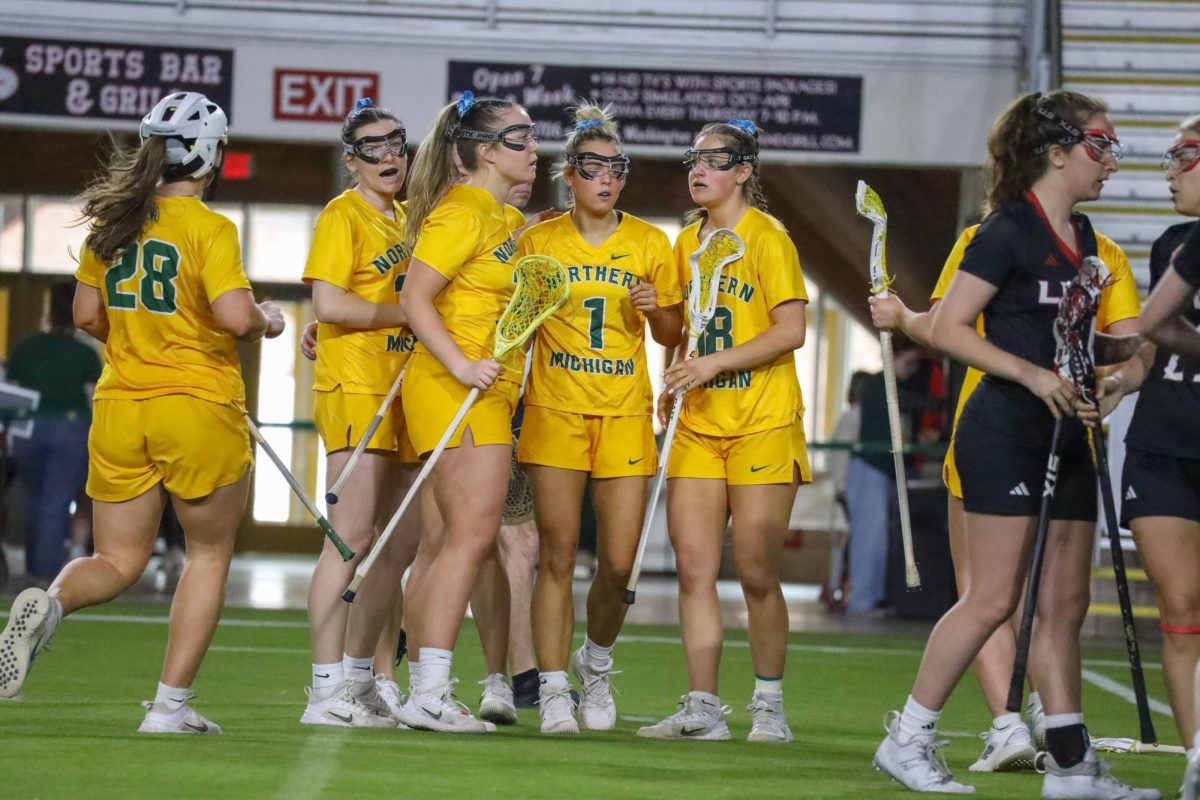The words “teacher shortage” have circulated heavily in U.S. politics, but somehow seem to lose a sense of urgency to candidates immediately after taking office.
While it is by far a national issue, the state of Michigan has particularly concerning data. According to a report by Education Policy Innovation Collaborative, a research organization affiliated with Michigan State University, “Enrollment in postsecondary teacher preparation programs in 2018-19 was 56% lower than in 2008-09.” Although the U.S. Department of Education saw a rebound in enrollment between 2017-18 and 2020-21, “fewer candidates become certified to teach in Michigan each year, and many of those who do become certified do not go on to teach in a Michigan public school.”
This elicits the questions: What is driving such a drastic downturn in numbers? Why are potential teachers no longer entering and/or staying in the profession?
Education is supposedly a valued component of U.S. society, including post-secondary attendance. However, if that is the case, why have minimal changes been made to address the plummeting teacher numbers?
Low salaries are clearly a significant part of the cause. Despite this, educators nationwide continue receiving only empty promises of improved wages, including from President Biden. Bills were introduced in both the House and Senate in 2023 to set a minimum salary for teachers nationwide, but did not pass.
While Biden also called for increased teacher salaries in this year’s State of the Union address, he has little federal changes to show for it. According to a Fact Sheet released by the White House in 2024, Biden is “encouraging states to increase teacher pay,” but the report shows minimal evidence of this actually occurring.
In Michigan, Gov. Gretchen Whitmer did implement the Future Educator Stipend program to cover living expenses and compensate previously unpaid student teachers. However, according to michigan.gov, the stipend sits at a set rate of $9,600. This means it does not account for dramatic differences in housing rates, commute lengths, and tuition prices across Michigan depending on the area. In the majority of states, student teachers still remain completely unpaid, making this a nationwide issue.
In Michigan specifically, teacher salaries are falling dramatically below the national average. The EPIC report found that “if salaries had kept pace with inflation since 1999, the average Michigan teacher would have earned $81,703 in the 2021-2022 school year. However, the average teacher’s salary in the 2021-2022 school year was $64,884.”
Examining this data, it is clear why many are no longer entering the field. With rising college tuition rates, it is simply not practical to provide for oneself or a family and pay students loans on a teacher’s salary.
Beyond low wages, school violence has also caused many potential teachers to avoid the profession. Michigan specifically is heavily impacted by the increase in violence. According to the University of Michigan Institute for Firearm Injury Prevention, “Michigan’s school violence prevention reporting system received 7,415 tips in 2022, annual numbers from Michigan State Police said, a 19% increase from the year before.” The idea of being in a consistent, supposedly safe work environment in comparison to other professions used to be an appeal for potential teachers. However, this is no longer the case.
A person’s educational status, or lack thereof, is tied to many socioeconomic issues both in Michigan and nationwide. According to the U.S. Bureau of Labor Statistics, “high school dropouts are three times more likely to be unemployed than people with a college degree.” According to University of Michigan Poverty Solutions, “one in five homeless students dropped out of high school (20%).”
Considering all these elements, how can voters and legislators fight back? One of the primary actions to be taken is pushing for improved teacher wages. Federally, it should not be legally permitted to have student teachers teach over 40 hours weekly unpaid, while still being asked to pay tuition. Furthermore, increased measures must be taken to ensure teacher and student safety in school. And when such legislation is on the ballot, voters need to educate themselves on these issues.
Less teachers in the workforce means decreased quality and access to education, feeding into many existing social issues. Even for those not directly involved in the education system, the resulting problems from having a decrease in educators will still affect their lives in some way.
The teacher shortage is a bipartisan issue. If the education system continues towards such a crisis, we will all suffer the impacts.

























